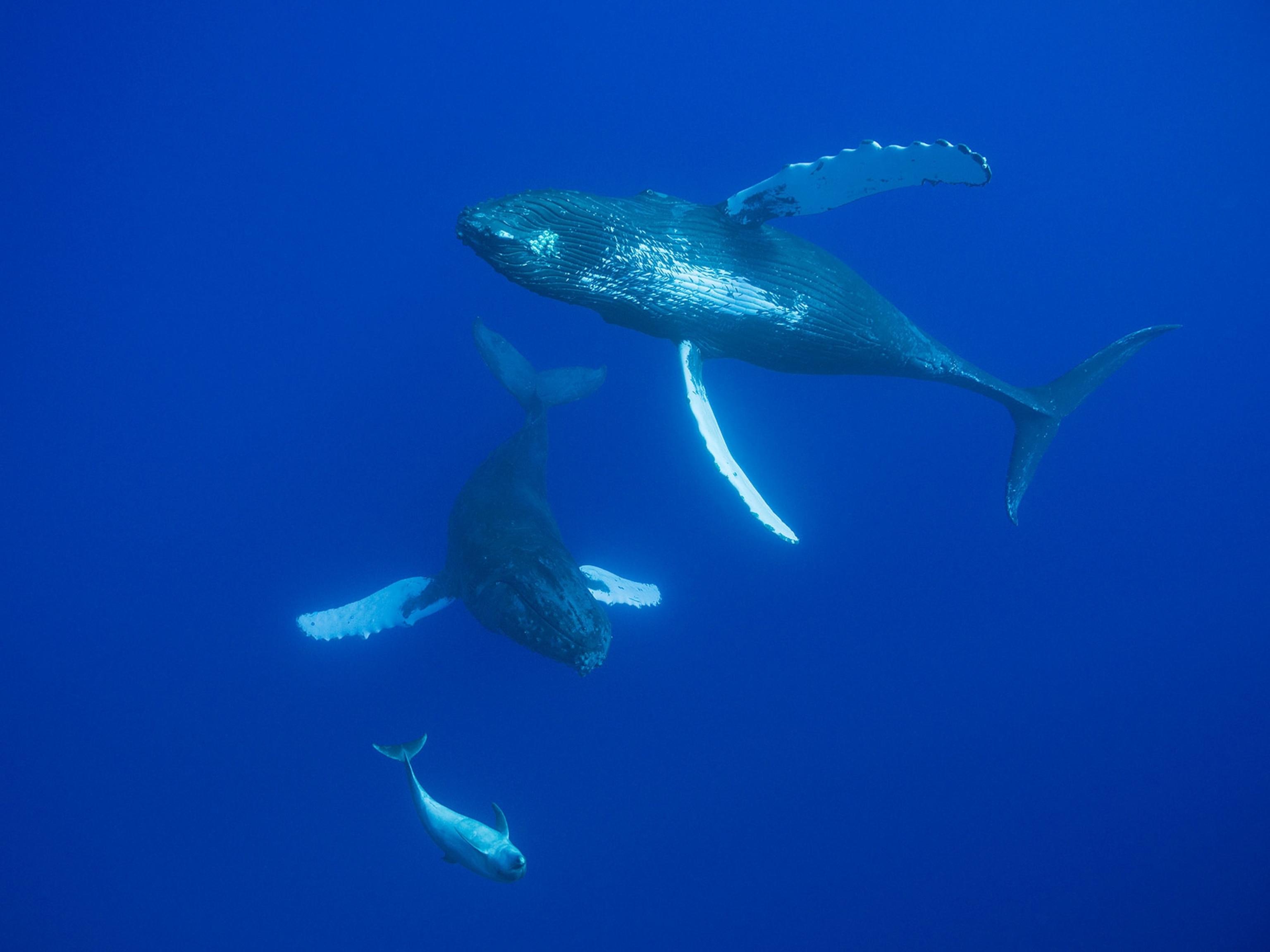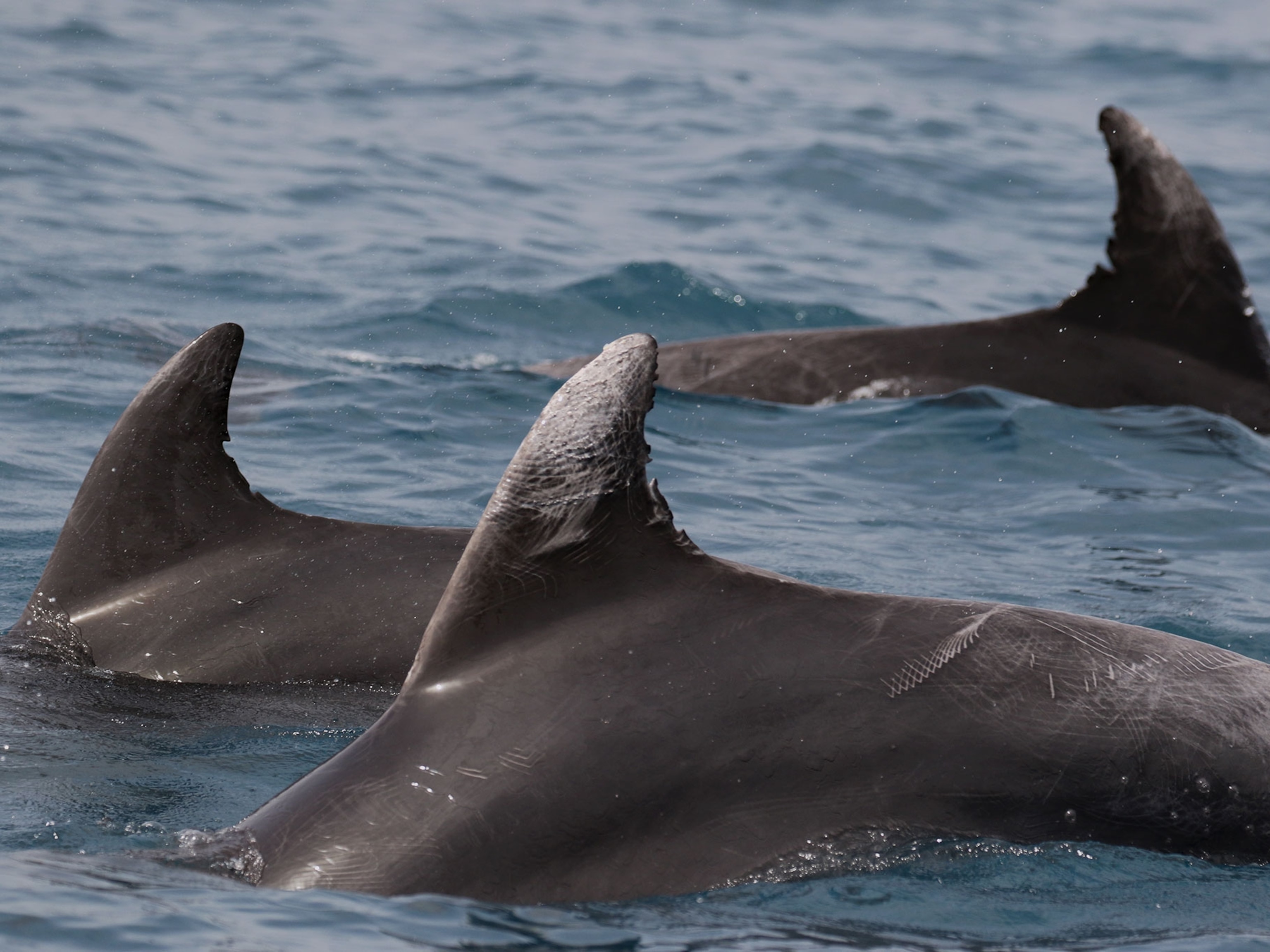
Reported Sighting of Extinct River Dolphin is Unlikely
Amateur conservationists say they may have seen a Yangtze river dolphin in China. Here's why you should be skeptical.
Ten years after it was declared functionally extinct, amateur conservationists believe they have spotted a Yangtze river dolphin, or baiji, in a stretch of the Yangtze in eastern China.
In recent interviews with the Guardian and the Chinese government-sponsored publication Sixth Tone, amateur investigator Song Qi claimed to have spotted the baiji on October 4, during a seven-day expedition in pursuit of the animal.
“No other creature could jump out of the Yangtze like that,” Song said to Sixth Tone. “All the eyewitnesses—which include fishermen—felt certain that it was a baiji dolphin.”
If the unconfirmed sighting is authentic, it would come as a shock to biologists: The small and nearly blind white dolphin, nicknamed the "goddess of the Yangtze,” in all likelihood ended its 20-million-year run in the early 2000s. In 2006, researchers declared the species functionally extinct, after a six-week survey failed to turn up a single sighting.
The river dolphin’s population cratered in the late 20th century, plummeting from around 400 individuals in 1979-1981 to just 13 individuals in the late 1990s. The drop was due largely to unsustainable by-catch in local fisheries, though boat collisions, dams, and pollution from thousands of riverside chemical plants also played a role.
The last confirmed baiji sighting was in 2002; an exciting 2007 sighting eventually turned out to be a finless porpoise. The dolphin is the most recent large aquatic mammal to have gone extinct since the 1950s, when hunting and overfishing killed off the Caribbean monk seal.
By his own admission, Song is not a baiji expert and cannot be sure that he saw a baiji. What’s more, his group did not conclusively photograph the animal. And in an email to the Guardian, conservation biologist Samuel Turvey of the Zoological Society London threw additional cold water on the prospect of finding the baiji alive and well.
“Extreme claims for the possible survival of probably extinct species require robust proof, and while I would deeply love there to be strong evidence that the baiji is not extinct, this isn’t it,” wrote Turvey, who participated in the 2006 survey that declared the species functionally extinct.
Turvey went on to say that popular attention should instead focus on the Yangtze finless porpoise, now the only known freshwater cetacean surviving in China.
That critically endangered species is down to its final 500 to 1,800 individuals, according to the IUCN Red List of Threatened Species. And a recent study in Biological Conservation finds that without swift action, the porpoise could go extinct in the Yangtze as soon as 2041, if not sooner.
Correction: A previous version of this story incorrectly listed Samuel Turvey's first name as Steven.





